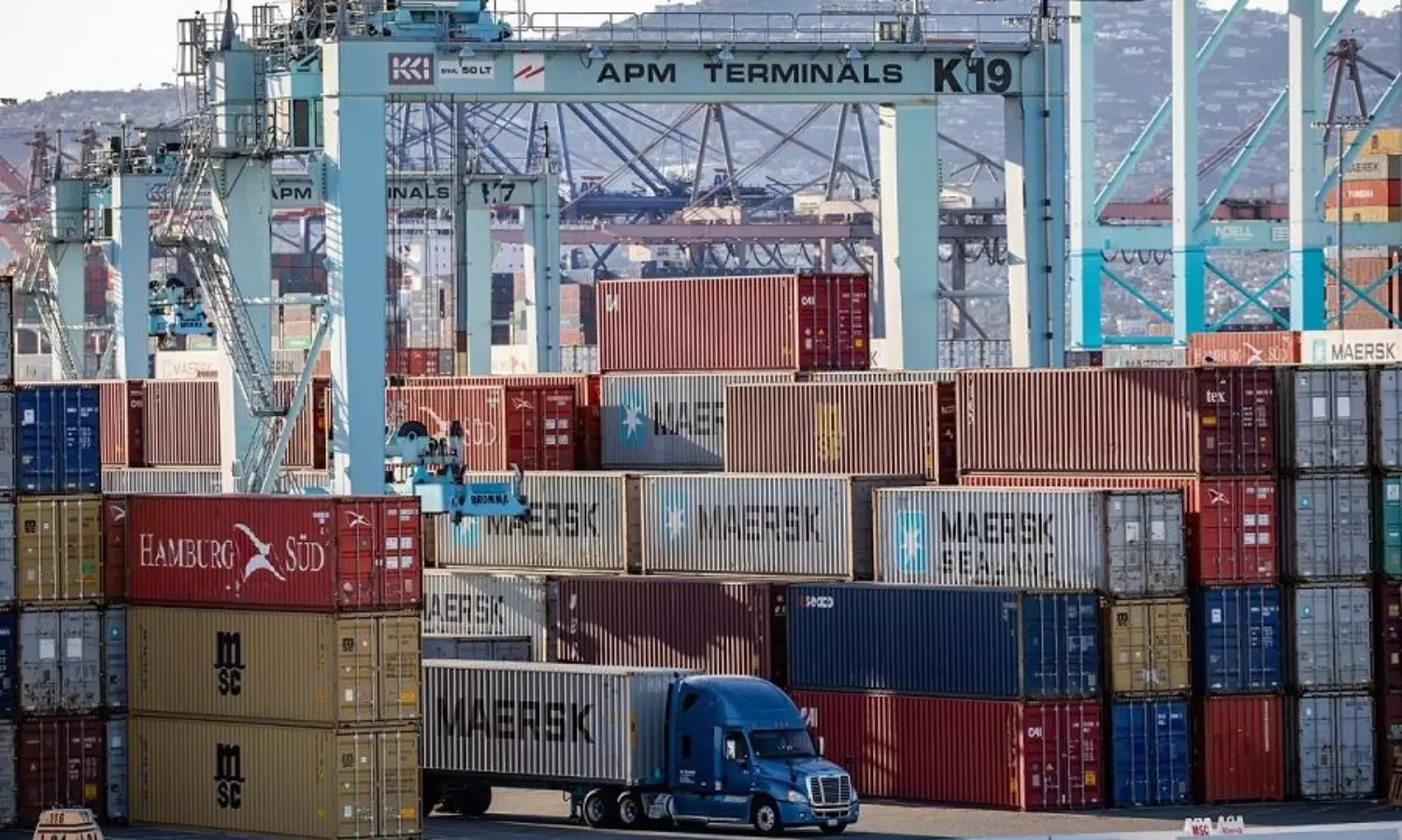Slower growth likely for container market: BIMCO
Though still high compared to pre-Covid levels, there has been noticeable impact on rates & activities in asset markets

A combination of high demand and congestion has remained the order of the container market during the past six months. "Thus, high freight rates, charter rates, and asset prices as well as supply chain disruptions and liner operators reporting record results are appearing commonplace," BIMCO said in its latest update.
Container volumes, however, have shown some early signs of weakening. "Reported head-haul and regional container volumes, which are the drivers of rates and prices, profitability, and congestion, were down 0.4 percent y/y and 1.4 percent y/y respectively in March 2022 but remained 11 percent and 1.8 percent up in March 2019."
Though still high compared to the pre-Covid market, there has been a noticeable impact on rates and prices as well as activity in the asset markets, BIMCO said.
"The China Containerized Freight Index (CCFI) has slipped 12.6 percent from its peak in early-November 2021. In the time charter market, rates have slowed a little since peaking in late March and owners have had to accept much shorter time charter periods, which on average are now down to two years from a peak of four years in mid-2021."
Demand drivers
US inflation has risen to its highest levels since the 1980s and is weighing on discretionary income, and consumer confidence is at its lowest level since 2011, the report said.
"Retail inventories relative to sales meantime remain 18.9 percent lower than in January 2020. Even if retail sales begin to slip, it could take a while before it impacts container volumes as retailers likely need to rebuild inventories. In absolute terms inventories are, however, higher than before Covid, and some are finding it hard to find additional warehouse space."
In Europe & Mediterranean region, consumers have reported the second-lowest confidence level on record, the report added. "In many countries, the pressure will be even higher than in North America and Europe & Mediterranean as food and energy expenses often add up to a much higher share of disposable income."
All in all, conditions for consumers appear to be worsening across most of the world and businesses will naturally be impacted as well, the report said.
Supply story
Contracting activity has been high since Q42020, and 6.3 million TEUs in new contracts have been signed. "Deliveries of these ships will begin in 2023 but many will be delivered in 2024 and 2025."
BIMCO estimates that the fleet will grow by 3 percent in 2022 and 7.7 percent in 2023, ending at 27.4 million TEUs by 2024.
"We believe that congestion will begin to ease towards the end of 2022 when markets enter a slow season. Naturally, it is too early to say whether sufficient landside capacity and efficiency improvements can be made to reduce congestion to pre-COVID levels, but we will assume that drag on effective capacity supply can be reduced to a maximum of 5 percent."
Niels Rasmussen, Chief Shipping Analyst, BIMCO
Niels Rasmussen, Chief Shipping Analyst, BIMCO says: "Supply is driven by large ships, especially in the 15k+ TEU segment."
Rasmussen is expecting profitabiity of carriers to fall back towards a lower level given higher bunker charges and lower forecasts of growth.
What next?
Indicators point to slower growth in demand for head-haul and regional trades during 2022 and 2023 than the industry was accustomed to pre-Covid. "Conversely, it appears that the fleet will on average grow faster over the two years than in the recent past, and faster than head-haul and regional trade demand."
It, therefore, follows that the supply/demand balance will weaken, and this should lead to lower freight and charter rates as well as second-hand ship prices, the report said.


